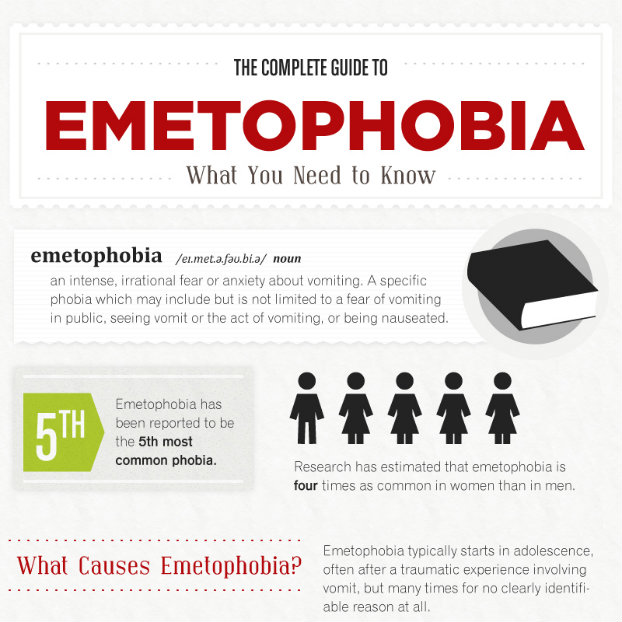 While the thought of foods like duck feet or other unusual fare may make you sick in a figurative sense, the Centers for Disease Control and Prevention spent a decade figuring out what foods make you literally sick, whether you suffer from vomit phobia or not. A report entitled “Attribution of Foodborne Illnesses in the U.S., 1998 to 2008” analyzed 10 years’ worth of data to answer the question:
While the thought of foods like duck feet or other unusual fare may make you sick in a figurative sense, the Centers for Disease Control and Prevention spent a decade figuring out what foods make you literally sick, whether you suffer from vomit phobia or not. A report entitled “Attribution of Foodborne Illnesses in the U.S., 1998 to 2008” analyzed 10 years’ worth of data to answer the question:
What Foods Make Us Sick?
You may surprised, or perhaps disappointed, that duck feet specifically were not mentioned in the report, although poultry in general was.
The report, published online in the journal Emerging Infection Diseases, helps track which foods may require more stringent handling, preparation or storage techniques to decrease their associated outbreaks. The paper was not meant to advise avoiding any particular foods, a summary at WebMD says, mainly because most of the foods are those incorporated into a balanced diet.
After analyzing 4,589 outbreaks of food-borne illness, CDC was able to pinpoint the food items from whence many of the outbreaks came. Highlights from the report include the following:
Produce
The produce category includes leafy greens and other veggies, fruits and nuts, which accounted for nearly 50 percent of the illnesses. Leafy greens ranked highest for food items associated with food-borne illnesses within this category and the culprit was frequently the norovirus germ.
Dairy
Dairy took second place as the most common food items linked to illness. Dairy items were associated with 20 percent of the infections and 15 percent of the fatalities.
Meat and Poultry
Meat and poultry were linked to an overall 29 percent of the fatalities and 22 percent of infections.
Contaminated poultry edged out meat as the more common killer, accounting for 19 percent of the overall deaths. Infections from poultry often involved salmonella and listeria.
Fish and shellfish
Shellfish and fish were linked to one of the lowest percentages, associated with 6.4 percent of the fatalities and 6.1 percent of the infections.
Overview
None of the 17 food categories set up by researchers was able to avoid blame for at least some of the outbreaks. About 50 percent of the outbreaks involved foods from more than one category, with various items being used as ingredients.
Another note to note is that many outbreaks could be traced back to food handlers who failed to properly wash their hands when touching and working with food items. Hear that, restaurant and deli folks?
While the overall results may not be particular pleasant for those suffering from emetophobia, or pretty much anyone, they can be seen as progress that can hopefully result in fewer food-borne infections and fatalities in the future. And that counts as good news for everyone.
SOURCES:





